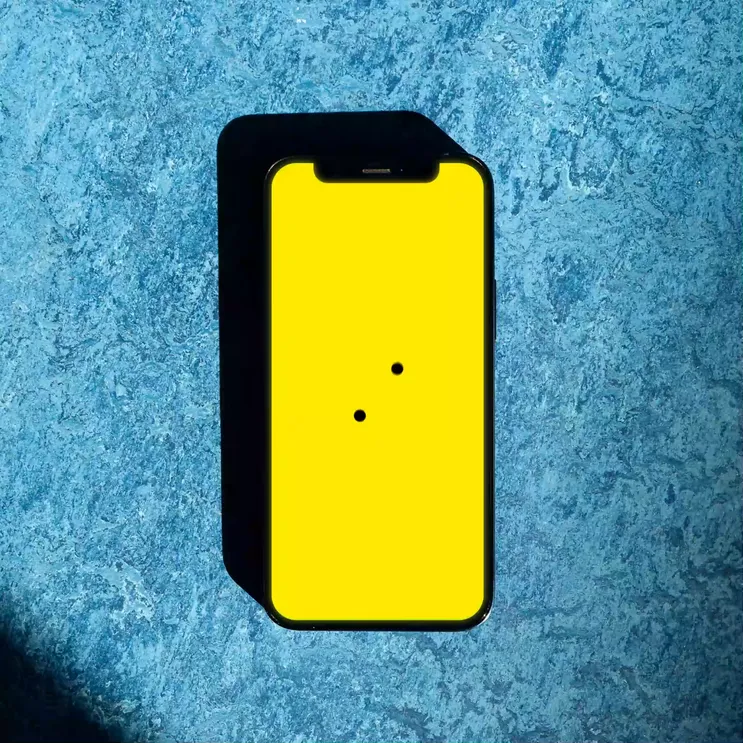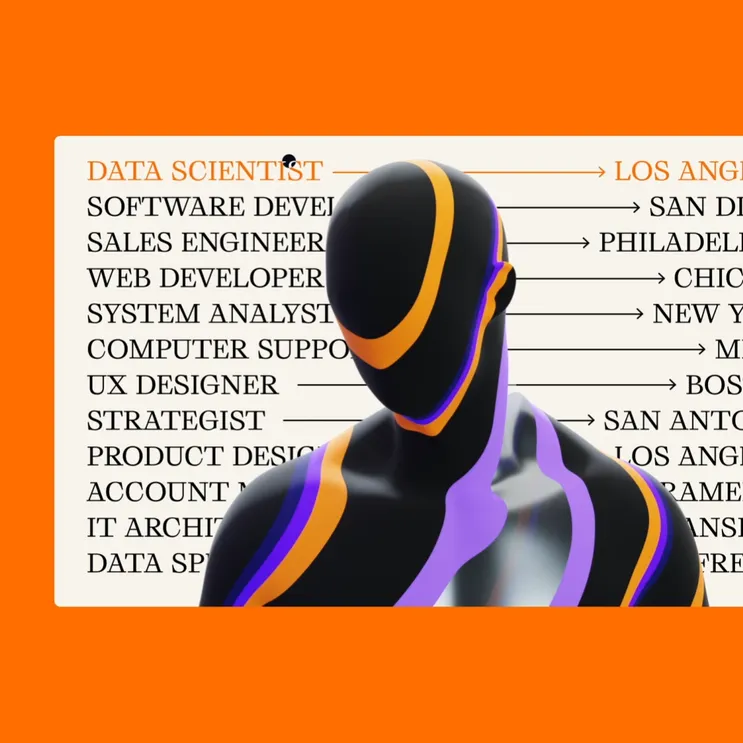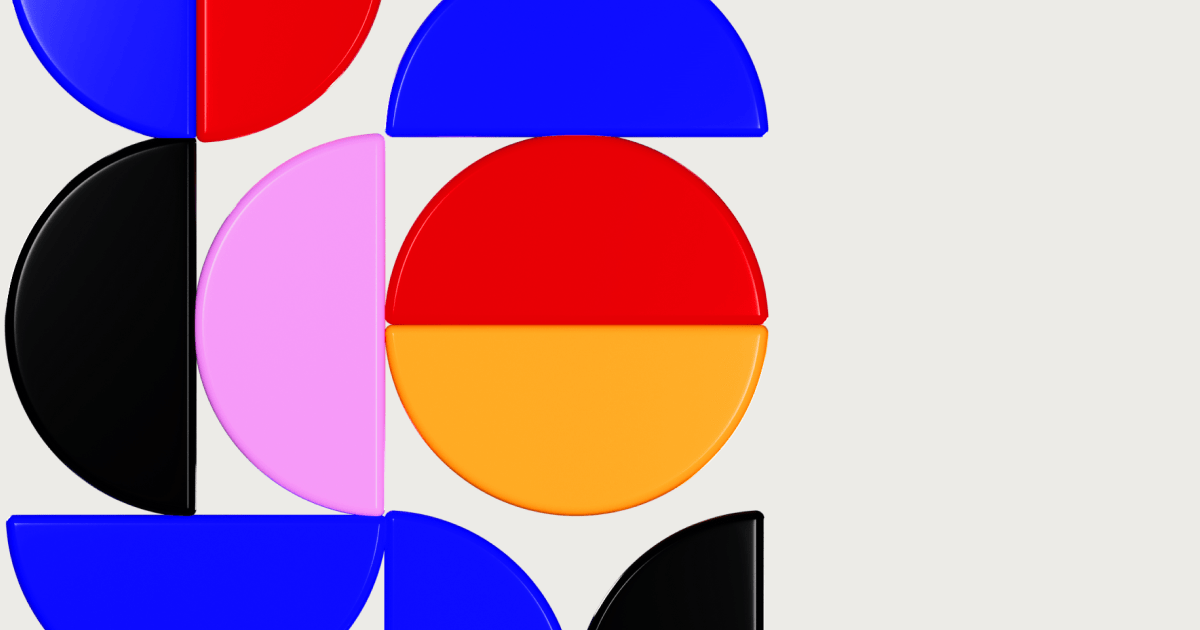Design
4 min read
Can designers make the metaverse more accessible (and less awkward)?
The metaverse has been gaining traction and popularity in recent years. Sandbox, Decentraland, Roblox, Epic Games, Horizon – just to name a few. Although very different, in terms of technology and target audience, they all have one thing in common – they feel awkward, and confusing, and often leave users wondering – “cool, but what’s the point of this?”
As technology continues to advance, the metaverse is becoming more realistic and immersive, but one issue that persists is the sense of awkwardness that many users experience when interacting with others in these virtual spaces.
Can designers make the metaverse less awkward and more accessible?
The answer is yes, but it requires a thoughtful approach to design and user experience.
One way to reduce awkwardness in the metaverse is to focus on creating a sense of presence. Presence, or the feeling of being fully immersed in a virtual environment, is key to making interactions in the metaverse feel more natural.
Designers can achieve this by creating realistic avatars that accurately represent users, and by designing environments that are visually and acoustically convincing. They can also use haptic feedback, such as vibrations or force feedback, to create a more immersive experience.
In order to become accessible to the more than one billion people who struggle to interact with digital content because of visual, auditory, and physical disabilities, designers need to be able to jump these hurdles and figure out how to portray this virtual world to users with vision impairments.
For example, Microsoft’s ‘Canetroller’ is a haptic controller that simulates white cane interactions, enabling blind users to navigate a virtual world.
Another way to reduce awkwardness is to focus on social cues. In the physical world, we use nonverbal cues, such as facial expressions and body language, to communicate and understand others. In the metaverse, these cues are often lost, making interactions feel more mechanical. Designers can address this by incorporating social cues into the design of avatars and environments.
For example, avatars should be designed to display realistic facial expressions and body language.
Tools can also help to make it easier for users to interact with each other. For example, simple and intuitive interfaces for communication, such as voice and gesture recognition, can help the end user to express themselves more naturally.
Luckily we already have a number of tools on the market that allow users to customise their avatars and environments, giving them a sense of ownership and control over their virtual space.
Designers play a crucial role in making the metaverse less awkward.
By focusing on creating a sense of presence, incorporating social cues, creating tools for interaction and fostering a sense of community, designers can help to create a more immersive and natural metaverse experience. So to any metaverse builders out there – design should not come as an afterthought in the process to help you fix the awkwardness, dev and design should hand in hand from day 1.























